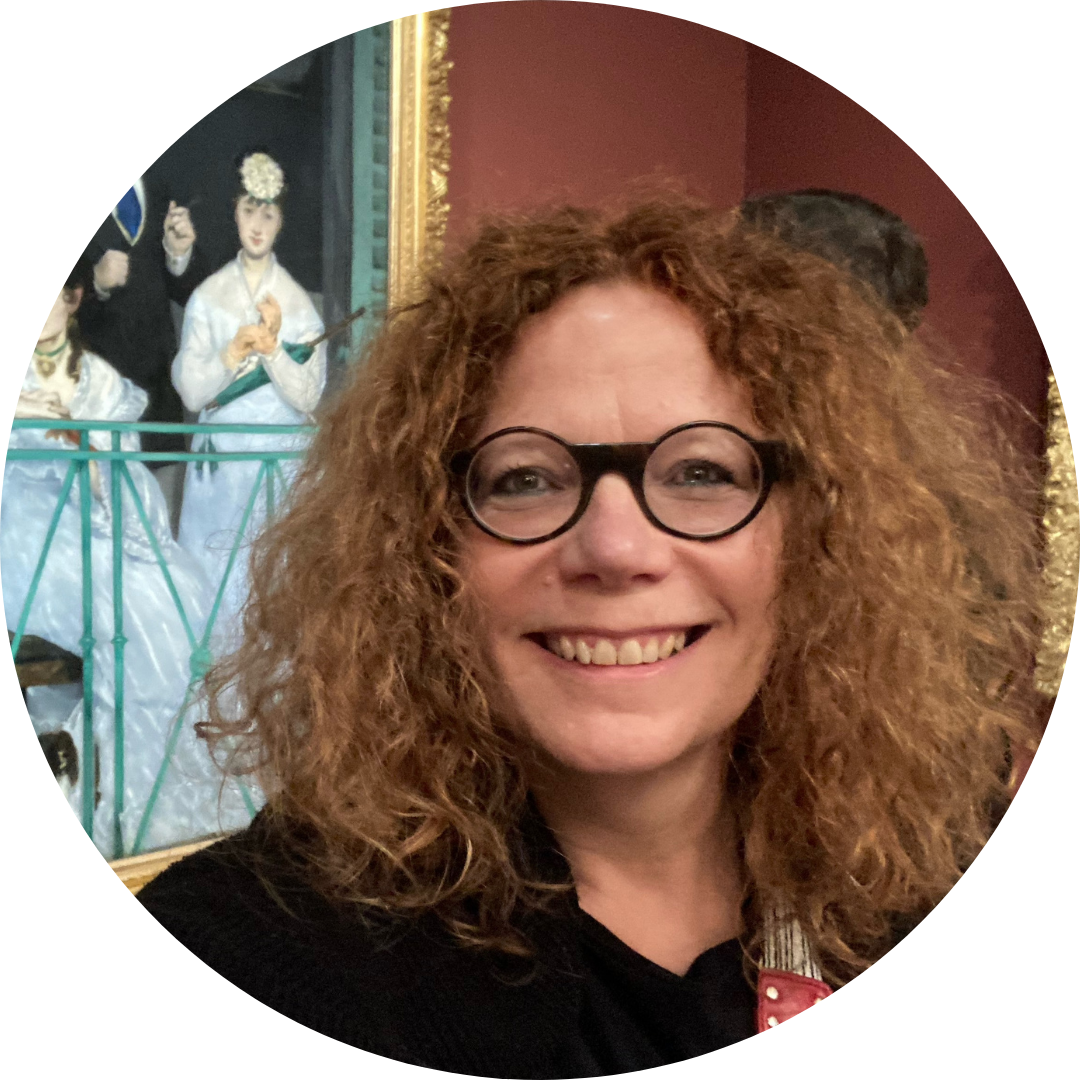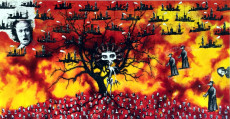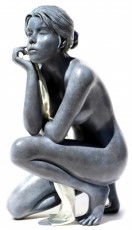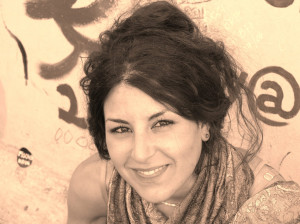
The great return of weaving

About the Art Paris fair which takes place from April 4 to 7 at the Ephemeral Palace with an emphasis on the Art and Craft theme.
The discovery in 2017 of an exhibition by Michel Tourlière (1925-2004) on the occasion of the reopening of the Beaune Museum of Fine Arts, in the Côte d’Or, had already completely transformed my view of tapestry. Finally, warm colors, momentum, movement, rhythmic compositions... I widened my eyes with pleasure, drinking in like whey the words of the museum director who accompanied me on my visit. Because I must admit to you that the dark medieval hangings unfolding, certainly, fascinating mythological stories, had until now always left me unmoved. Since they were ultimately only present in the castles of the Middle Ages to warm the walls, I told myself that that was already quite a good thing... The great Beaune figure that is Michel Tourlière, one of the main representatives of tapestry French artist in the second half of the 20th century, having directed the prestigious National School of Decorative Arts in Aubusson from 1960 to 1969 and being among the artists who did a lot to maintain this art, warmed my heart. In addition to now being that of the auditorium of the Cité Internationale de la Tapisserie, the name of Michel Tourlière is forever associated with the revival of tapestry initiated by Marie Cuttoli and Jean Lurçat. And if the number of textile works listed on the site of the Art Paris fair which will be held from April 4 to 7 at the Ephemeral Palace proves that weaving is regaining an unexpected place in contemporary art, to the point of being the subject of a survey published in the magazine L'Oeil in March, it has been a few years since the big comeback was announced!
As proof, I take the fascinating testimony of Simone Pheulpin, a textile sculptor who is 83 years old this year, whom I had the chance to meet at her home in 2020, in the Vosges. I will never forget her mischievous little look when she told me that in her early days, gallery owners looked at her disdainfully as soon as they discovered that the works of art for sale whose power expressed through folds and folds had struck them in the eye, were made of fabric. “Is it actually fabric? So I don’t want it…” they finally told him. Too bad for them... Because since her exhibition at the Lausanne International Textile Art Biennale in 1987, Simone Pheulpin has continued to see the doors of art open to her and to sell her works of art. pinned, including in the most prestigious museums. It was in New York that she had her first major exhibition, after being spotted by the famous American artist Sheila Hick, who is also still very active. Yes, textile art has had difficulty finding a place on the art market, but especially in France!
“A few weeks ago, The Dog, the Dressing Gown, the Shoes and the Lobster, by Daniel Dewar and Grégory Gicquel, joined the collections of the Center Pompidou. Ten years have passed since the manufacture of this monumental tapestry designed by the 2012 winners of the Marcel Duchamp Prize. At the time, textile works were timidly making their return to creation – an indication of an increasingly porous border between fine arts and applied arts,” writes Anne-Cécile Sanchez in her article for L’Oeil, in which she uses passages from the catalog of the Decorum exhibition, which was devoted in 2014 to artists' carpets and tapestries at the Museum of Modern Art in Paris. Then curator of this exhibition, Anne Dressen considered the presence of textile works of art in contemporary art “indispensable”. Noting that tapestry had in fact never disappeared, thanks to visual artists like Marc Camille Chaimowicz revisiting the codes of the domestic sphere and the know-how associated with it, or Mike Kelley, Grayson Perry or Caroline Achaintre seizing those crafts and folklore.
With our relationship with time having become completely crazy, tapestry appears today as a dream of resistance. The piece created by conceptual artist Laurent Grasso, unveiled in June 2023 by the Robert Four factory, for example, required more than 1,100 hours of work... As for the tapestry created by the Manufacture des Gobelins based on a painting by Hélène Delprat , it is scheduled to be completed in… 2030. “It’s crazy and completely anachronistic to still be able to work like this, for years, on a single tapestry,” marvels the artist herself. “Today, the factories responsible for perpetuating upholstery know-how are very keen to collaborate with artists, in order to be part of the current creative scene,” explains the journalist from L’Oeil. “Since 2010, the Cité Internationale de la Tapisserie, in Aubusson (Creuse), has been building up a contemporary fund through calls for projects and patron orders. In 2020, it also launched the Carré d'Aubusson collection, the aim of which is to collaborate with art galleries to offer tapestries suitable for domestic interiors. »
From the monumental tapestries of Zuzanna Czebatul to the reproductions of current photos by Goshka Macuga, including the humorous weavings of Laure Prouvost, the hangings made from can caps from El Anatsui or those woven from materials recovered from the Moffat Takadiwa landfills, it is obvious that textile art is not limited to its ornamental dimension. “Rather than applied arts, it would be more judicious to talk about involved arts,” notes Anne Dressen. An alternative term borrowed from the aesthetic philosopher Etienne Souriau. In any case, tapestry is now a medium like any other.
One day, my caravan dropped me off by chance in front of the Dom Robert and 20th century tapestry museum in Sorèze, in Tarn. Wonderful ! What dazzling! In the heart of this medieval village, a 16th century abbey houses the work of this Benedictine monk and cardboard painter born in 1907 and died in 1997. I had never heard of him before. I couldn't believe it. Today, I no longer travel without one of his works reproduced on a postcard. Go for it ! Or go back: a new display has just been set up, entitled “Animated Meadows”. With their extremely varied patterns and rich chromaticism, Dom Robert's tapestries recall the lush forests of Douanier Rousseau's paintings, and naive art in general. The inspiration with which the artist represents Creation, through the diversity of plants and animals, also makes me think of Séraphine de Senlis, as this inspiration seems divine. Finally, as I do not believe in chance, I am sure that the beautiful adventure of tapestry simply never ceases to illuminate my path, as I hope it can illuminate yours!
 Article written by Valibri in Roulotte
Article written by Valibri in Roulotte





































































